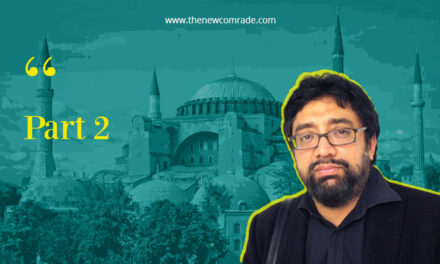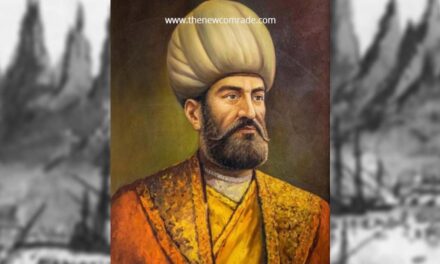
Yoga and Hindu Colonialism

Today, most people see yoga as a part of ancient Indian culture and a secular form of exercise followed by people all over the world. However, in the 19th century, yoga grew as part of the construction of Indian nationalism as Hinduism. Ever since, it has remained a Hindu symbol.
Narendra Modi, in his speech at the United Nations General Assembly last year, said that yoga is a precious gift of the ancient Indian tradition. However, there are many disputes regarding the relationship between yoga as it is found today and the yoga of ancient times. Many recent studies show that there is little connection between the yoga of ancient times and the yoga of today. (See studies by De Michelis, Joseph Alter, Norman Sioman, and Mark Singleton).
Yoga has also wakened as part of Hindu reform efforts and Indian nationalism that seeks to go back to the Vedas and conceptualized Indian culture as “Hindu”. Swami Vivekananda, a Hindu ascetic and reformer, played the most important role in this. Vivekananda, in his book ‘Raja yoga’, says that if Hinduism was made by the spiritual experiences of ancient sages, then yoga will help us to re-experience them.
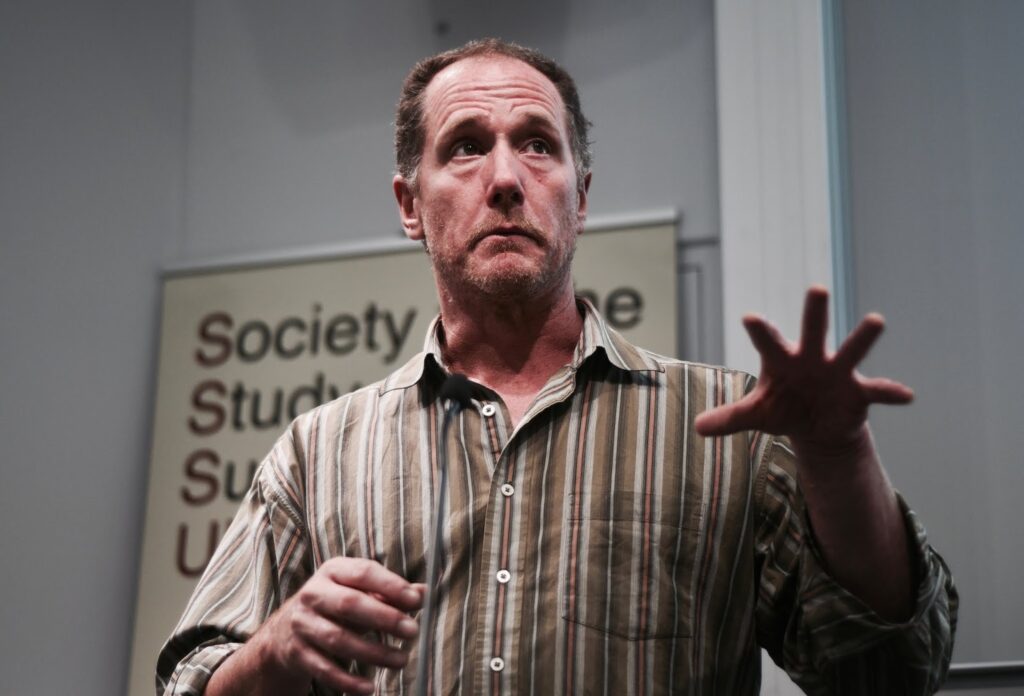
Vivekananda spoke of a purely upper-caste Hindu symbol of yoga that rejected the Aasanas developed by the lower caste yogis of the 15th century and emphasized meditation and the like. Through this, Vivekananda proposed a Hindu/Indian identity based on spirituality against a materialistic western world.
It is like this that Yoga which was established as a part of the Hindu tradition developed into the yoga we know today by adding Aasanas. In the 20th century, Yoga have developed by mixing European exercises, the sports culture that developed as part of nationalism in India, the exercises of Indian wrestlers and wrestlers, and a few Aasanas of hatha yoga that Vivekananda rejected in the past.
However, without saying anything about this, yoga continues to exist in the 20th century by referring to the same Hindu tradition that Vivekananda gave to yoga. Let’s take Surya Namaskar to understand this better.
Hindu organizations in the United States complain that the yoga practiced there today is losing its Hindu identity. Last year, the Hindu American Foundation launched a campaign called ‘Take Back Yoga’. They demand to see the Hindu roots of yoga and say that it is not enough to see yoga only as ‘Indian tradition’, but also to accept it as ‘Hindu’ identity.
“Surya Namaskar” is always depicted as a great exercise originating from the Vedas. However, Mark Singleton in his book ‘Yoga Body: The Origins of Modern Posture Practice’ says that Surya Namaskar is an exercise developed in the 19th century by Bhawanrao Shriniwasrao Pant Pratinidhi, the king of Aunth (Maharashtra) who was very interested in sports.
For this, this king used the exercises of Eugene Sandow, who is known as the father of body building in the western world. The king, under the influence of Balagangadhar Tilak, later made this exercise compulsory in the schools under his rule. Today the representative is known not as the inventor of Surya Namaskar but as the one who popularized it. In fact, this exercise was not even considered a part of yoga at the time of Rep- Pant. Mark Singleton argues that it was later Yogacharyas who made Surya Namaskar a part of yoga and gave it a history stretching back to Vedic times. This is a continuation of the Hindu/Indian tradition that Vivekananda tried to promote through yoga.
Here is another noteworthy fact. Hindu organizations in the United States complain that the yoga practiced there today is losing its Hindu identity. Last year, the Hindu American Foundation launched a campaign called ‘Take Back Yoga’. They demand to see the Hindu roots of yoga and say that it is not enough to see yoga only as ‘Indian tradition’, but also to accept it as ‘Hindu’ identity.
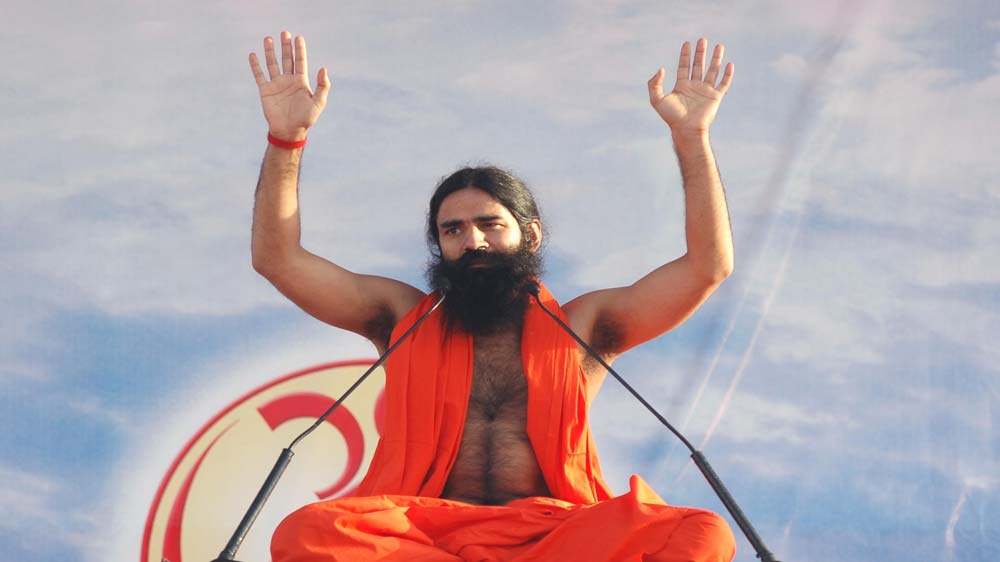
A yoga kept within Hindu cultural symbols is spreading in America and elsewhere. Yet the Hindu Foundation makes such complaints. Another important fact is that the Hindu Foundation is a part of the RSS itself. Although they deny it, a report brought out by the ‘Coalition against Genocide’ against the 2002 Muslim Genocide in Gujarat clearly proves that this organization is part of the RSS itself.
The same people who present yoga as Hindu in America try to portray it as a non-religious exercise by talking about the Indian tradition here. This is a regular practice of Indian secularism for rewriting Hinduism as India.
Moreover, even in recent times, Hindu ascetics like Baba Ramdev have used yoga for Hindu integration. Similarly, today yoga has become a huge industry. Yoga Day and all the discussions going on today about the benefits of yoga are helping this industry and not the common people. Baba Ramdev himself is the one who turned yoga into a big industry. Ramdev rose to fame with a program on yoga postures on a ‘spiritual’ TV channel called Aastha. Through this program, Ramdev was able to further popularize Hindu cultural symbols with yoga, as Ramayana serials had done in the past. As part of this, Ramdev organized Yoga Melas for Narendra Modi during the last parliamentary elections. The observance of Yoga Day and the demand to make yoga compulsory in schools are just a continuation of such agendas.
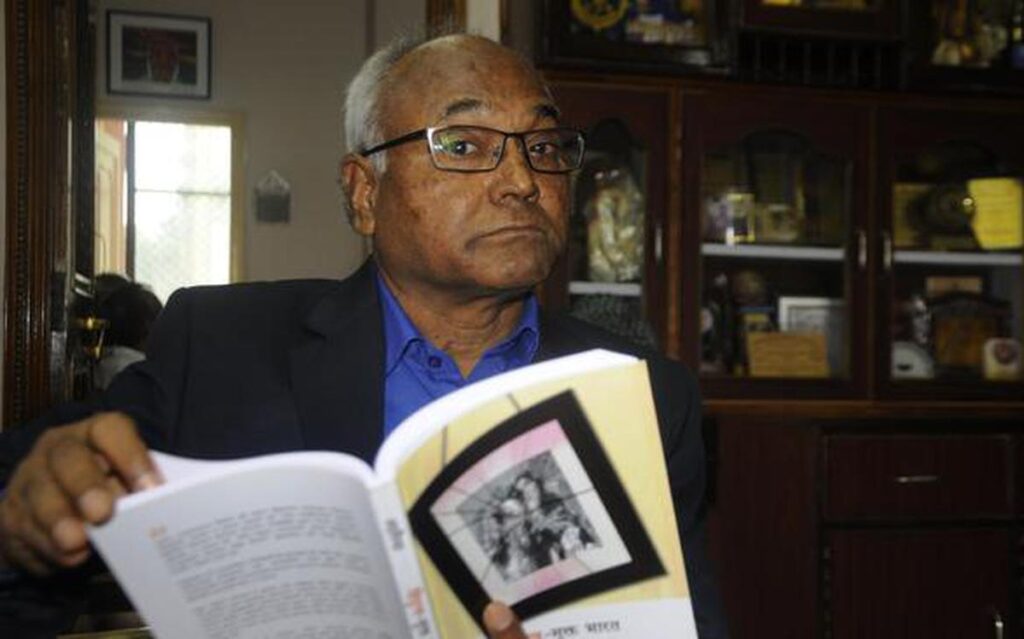
Not only yoga, everyone knows that after BJP came to power, there have been many moves to impose Hinduism on everyone. Many see it as an attack on Indian secularism. Hinduism mixed with caste symbols has also been used to maintain the caste system from an anti-caste point of view. It is a process of securing the power of the upper castes by making the nation through Hinduism.
In the book ‘Desa-raashtra and Hindu Colonialism’, J. Raghu tries to understand the concept of Hindu colonialism. According to Raghu, Hindu colonialism works in India by ‘deploying Hindu culture as nationalism and forcing the oppressed majority to adopt it as their own culture’.
Kancha Ilaiah also talks about something like this in his book ‘Why I am not a Hindu’. In this, Ilaiah discusses the problems of placing the Dalit masses, which live in a world entirely different from that of the upper caste Hindu culture, under Hinduism with upper caste symbols. This is why it is important to recognize the Hindu colonialism behind Yoga Day and the demand to make yoga compulsory in schools. While it overtly oppresses the minorities, it also does an act of coercing the lower castes into the Hindu/Brahmin system.
(Written on 19th June 2015 in the column ‘Avarnam’ in the daily Madhyamam)
Translated by: Farha Hameed
Author Profile
Dr. Jenny Rowena is an Assistant Professor at Miranda house college, Delhi university. Jenny's research interests cover Caste, Gender, Indian Modernity and secularism. Her doctoral research revolves around caste and gender issues in popular Malayalam films.


